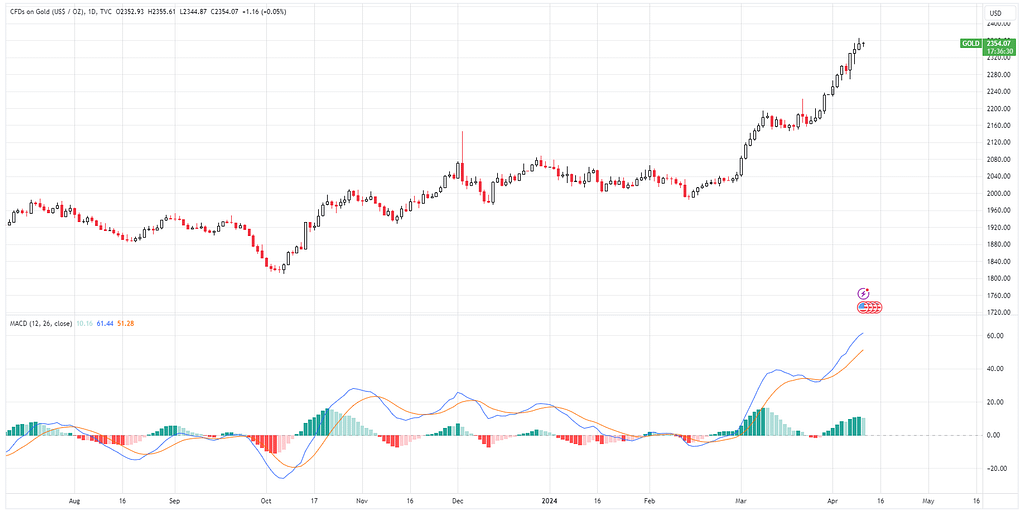Repainting and non-repainting charting indicators are terms used in technical analysis to describe how certain indicators behave over time. Let’s define each, provide examples, and discuss their advantages, disadvantages, and the necessity of both:
- Repainting Indicators:
Repainting indicators are those whose past values change as new data comes in. In other words, the historical data on the chart may change based on the current price action, making them appear more accurate in hindsight than they actually are. Examples of repainting indicators include:

- Zigzag indicator
- Fractal indicators
- Certain types of moving averages (e.g., Hull moving average) Advantages:
- They can provide more immediate signals since they adjust to current price action.
- They may seem more visually appealing as they closely follow price movements. Disadvantages:
- They can give false signals, making it difficult for traders to trust their reliability.
- They can be misleading when analyzing historical data, as past signals may change.
- Non-Repainting Indicators:
Non-repainting indicators, on the other hand, maintain their historical values once they are plotted on the chart. Once a signal is generated, it remains unchanged regardless of future price action. Examples of non-repainting indicators include:

- Simple moving averages
- Exponential moving averages
- MACD (Moving Average Convergence Divergence) Advantages:
- They provide more accurate historical data for backtesting and analysis.
- They tend to offer more reliable signals since they do not change after they are formed. Disadvantages:
- They may lag behind current price movements, resulting in delayed signals.
- They may not capture short-term price fluctuations as effectively as repainting indicators.
Conclusion:
Both repainting and non-repainting indicators have their own advantages and disadvantages, and their effectiveness depends on the trading strategy and market conditions. Repainting indicators can be useful for short-term traders who prioritize immediate signals and are adept at managing false signals. Non-repainting indicators are more suitable for traders who value accuracy and reliability over immediate responsiveness. In practice, a combination of both types of indicators along with other forms of analysis can provide a more comprehensive view of the market and enhance trading decisions.